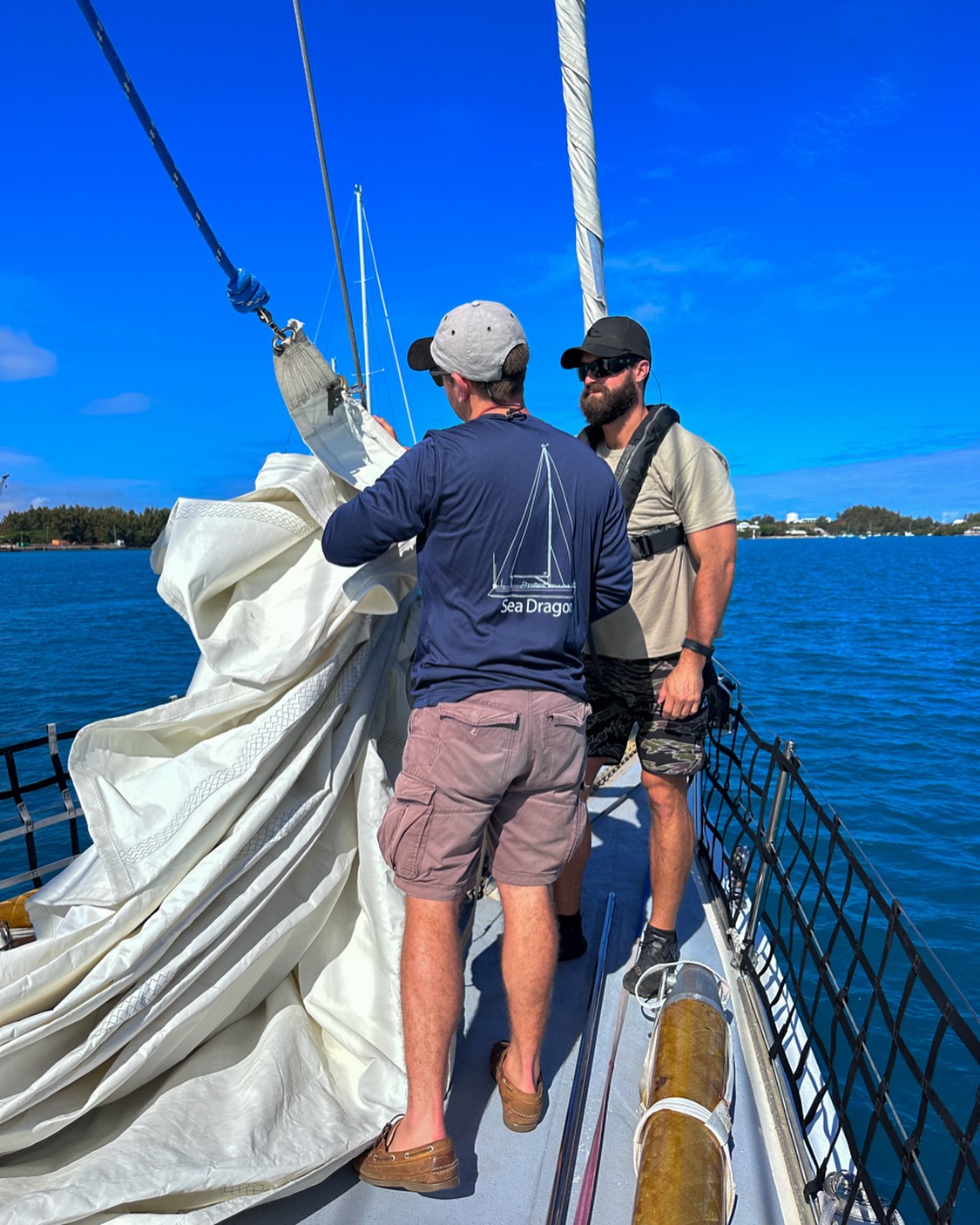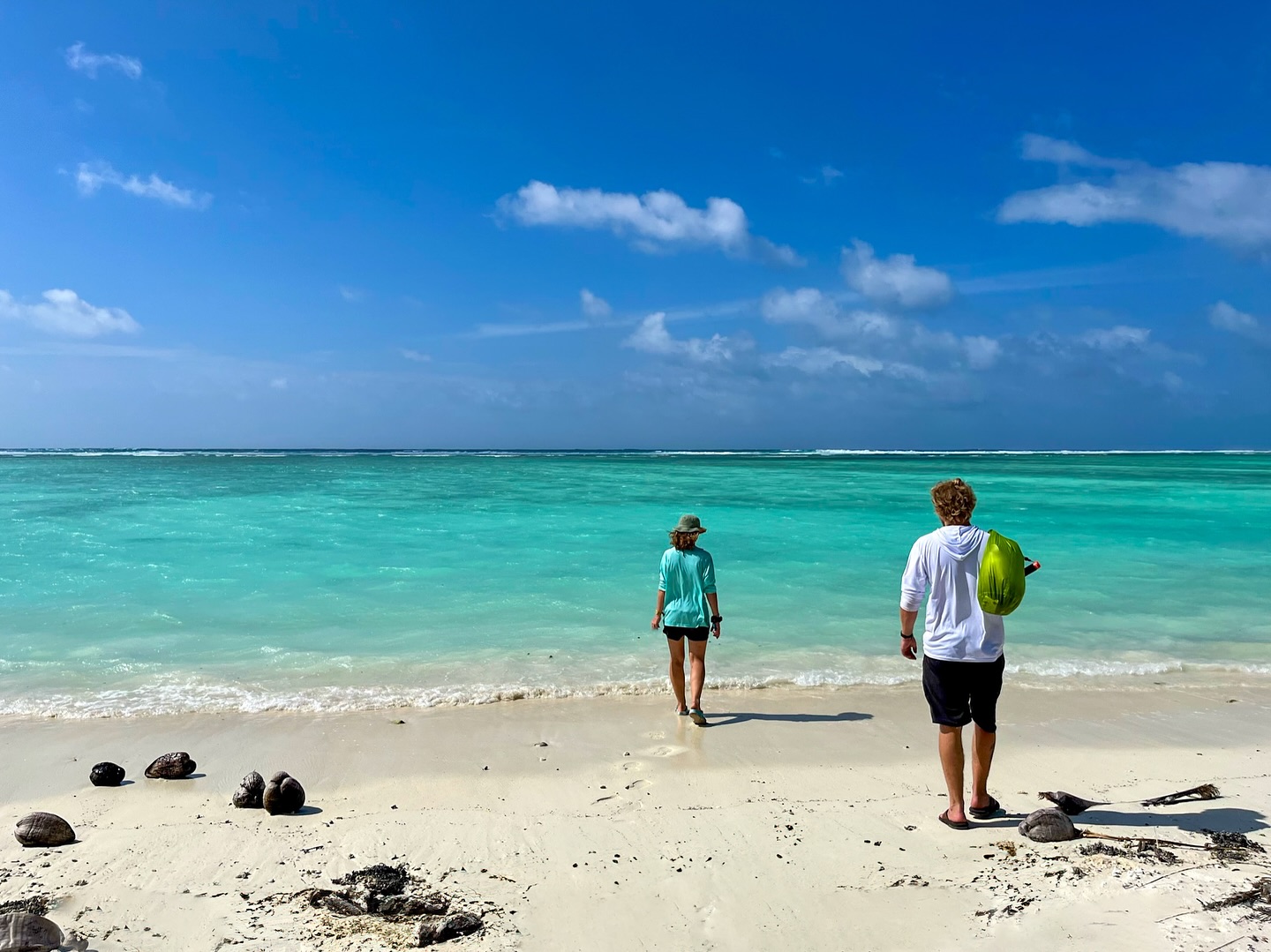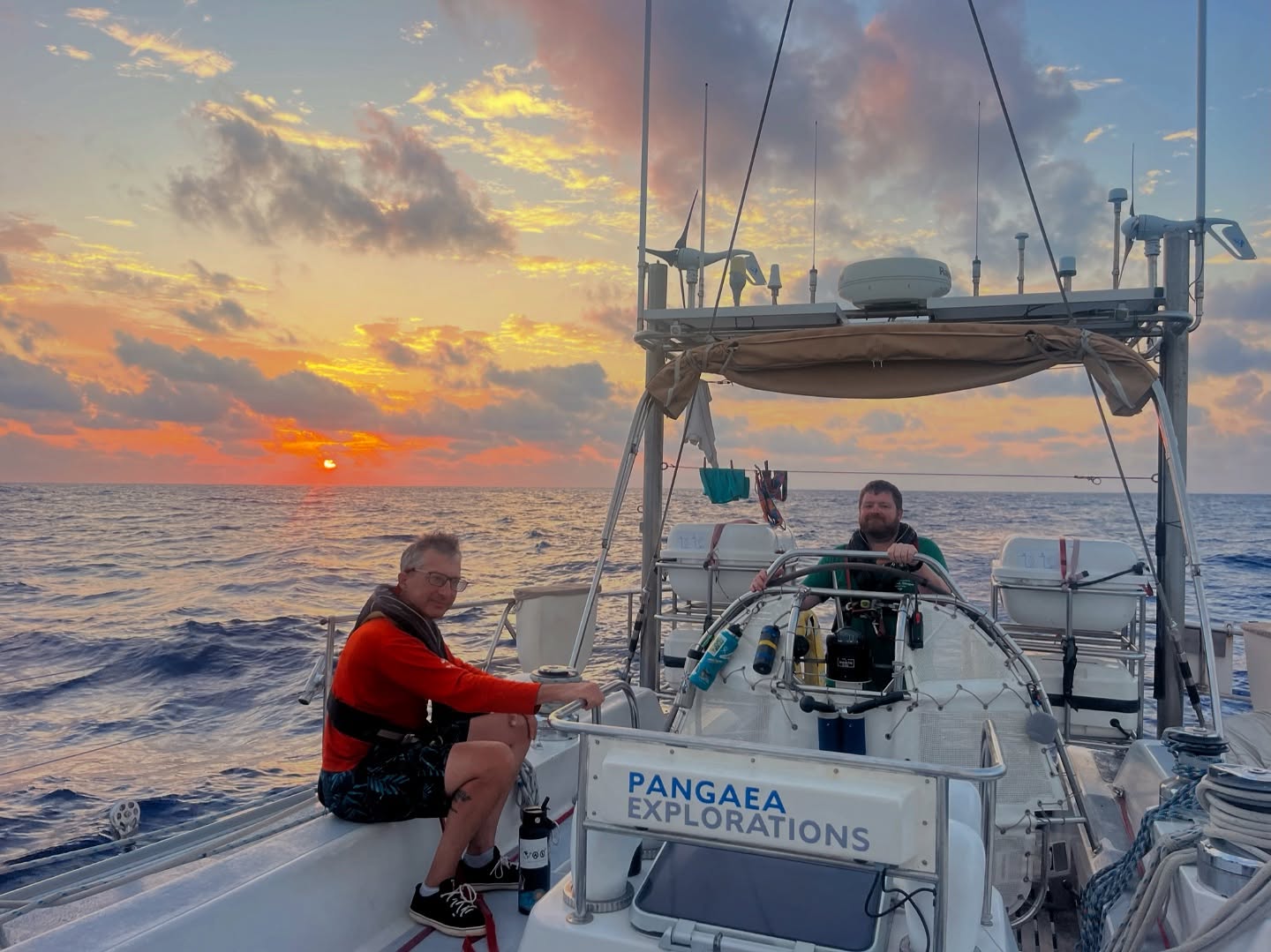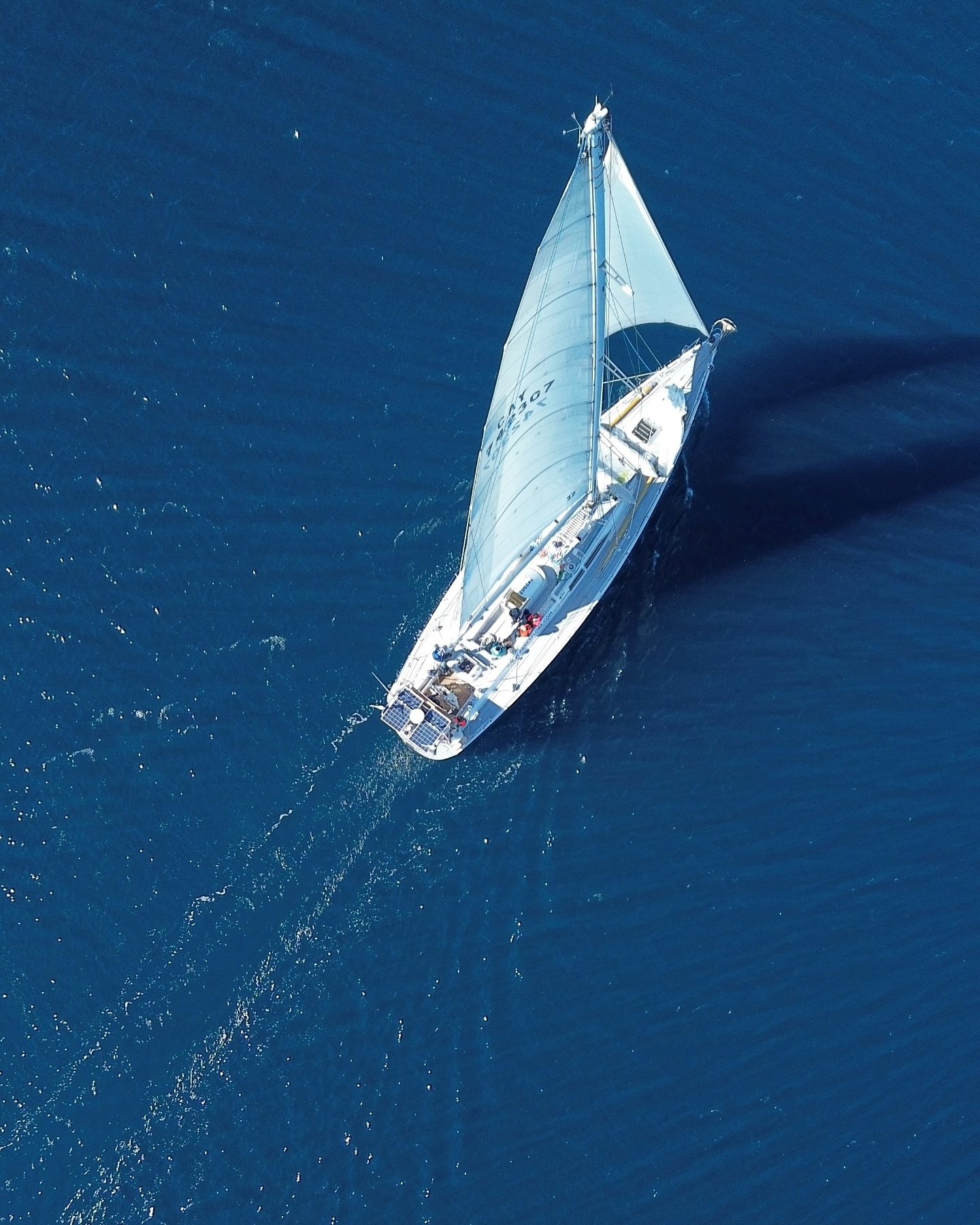Article from The New York Times on Wednesday October 12th 2011
Full article available here: http://green.blogs.nytimes.com/2011/10/12/tracking-the-debris-from-japans-tsunami/
Tracking the Debris from Japan’s Tsunami
Just over six months have passed since a huge tsunami slammed into northeastern Japan, killing thousands of people and wrecking towns and villages along the coast.
The devastation on land was terrible, but the disaster also left a mark on the ocean that generated the tsunami: tens of thousands of tons of debris, including entire houses, cars and boats, were swept out to sea that day. This mass has now dispersed over an area covering several hundreds of miles in the northern Pacific Ocean.
Now scientists from California are inviting the public to join them on aresearch trip into the debris field next May and June.
The 7,000-mile research voyage is being organized by the 5 Gyres Instituteand the Algalita Marine Research Foundation, two nonprofit groups that campaign against plastic pollution, in collaboration with Pangaea Exploration, which operates an expedition vessel known as the Sea Dragon. The boat will sail from the Kwajalein Atoll in the Marshall Islands to Japan and then on to Hawaii.
Nine crew spaces are available on the Sea Dragon for each of the two legs of the voyage, at a cost of $13,500 per person for the first leg and $15,500 for the second, to help finance the expedition.
The scientists’ goal is not just to get a clearer idea of the sheer amount of trash in the ocean and the speed at which it is dispersing, but also to monitor how quickly the debris is being colonized by marine life and whether it is transporting invasive species, Marcus Eriksen, the expedition leader, said by phone from Los Angeles.
This could help them assess whether the debris could ultimately travel as far as the West Coast, Mr. Eriksen said. For now, Hawaii is expected to bear the brunt of the traveling debris.
Even if it does not journey as far as the West Coast, the debris will not simply disappear. Items made of non-decomposing materials like plastic crates, building insulation, furniture and everyday household items — will keep traveling the oceans, probably for years, joining the mass of plastic trash that has been accumulating there for more than a half century.
In essence, as devastating as it was, the March 11 tsunami affords a unique opportunity for studying the phenomenon of marine pollution. After all, rarely are such huge amounts of debris swept simultaneously into the ocean from a single location.
No previous seafaring experience is necessary to join the trip. You do, however, have to be prepared to earn your keep, whether by hoisting sails, hauling lines or cataloging samples. “It’ll be all hands on deck,” said Mr. Eriksen, who is also executive director of the 5 Gyres Institute.
The results should be published within about three months after the group wraps up its trip, Mr. Eriksen said. Watch this space.































